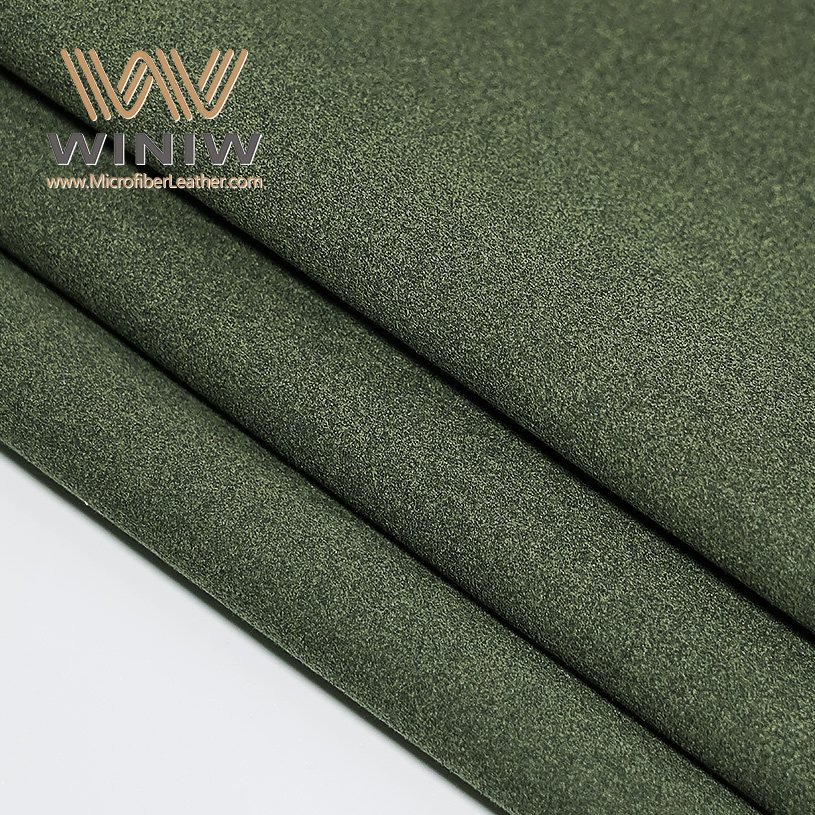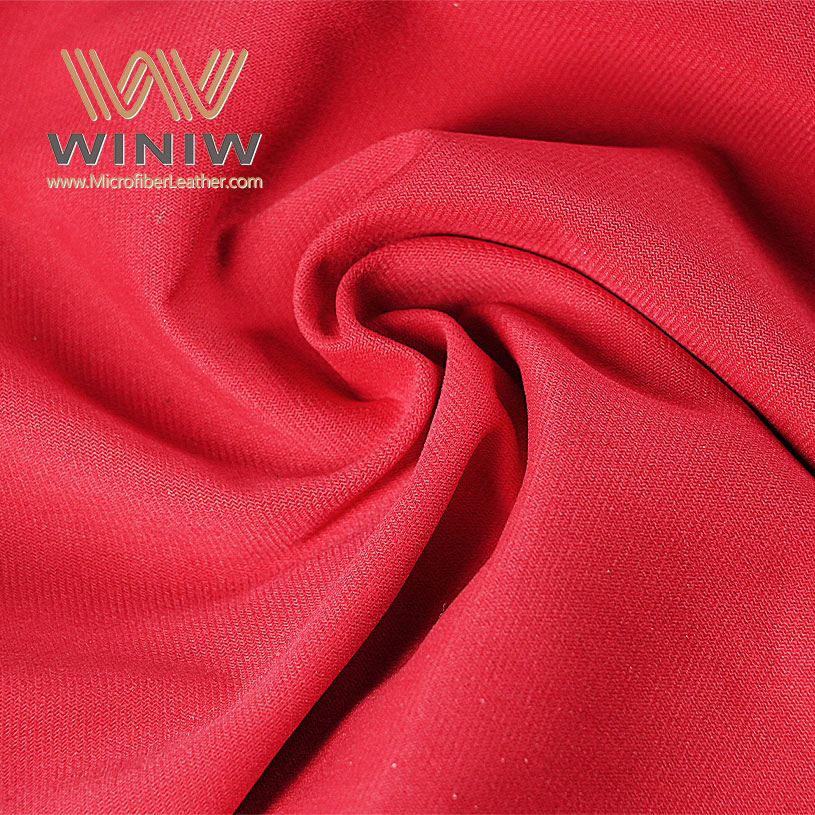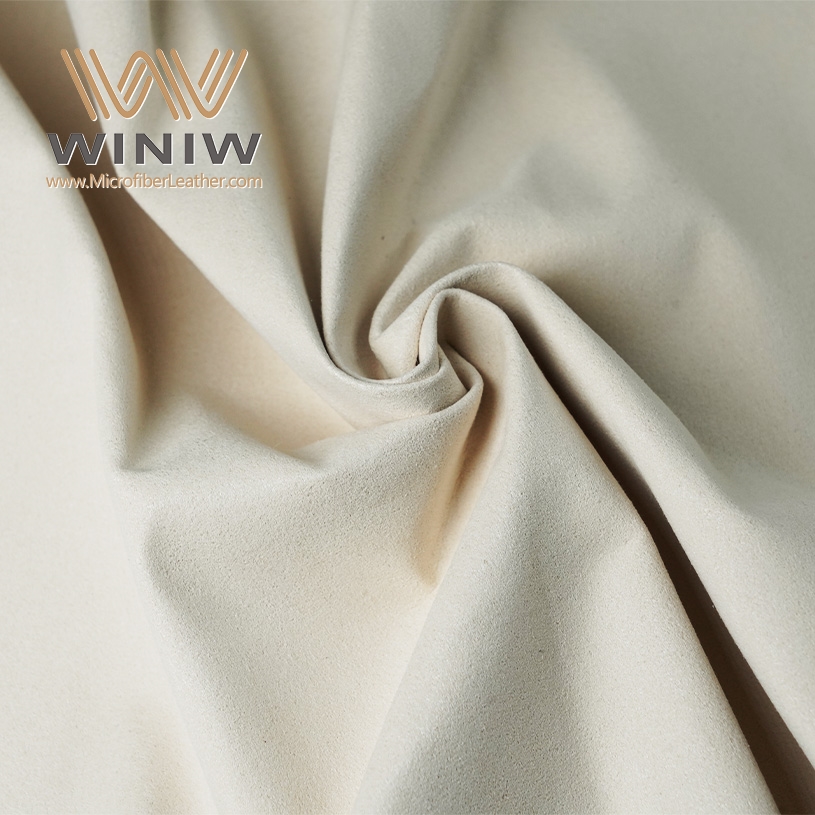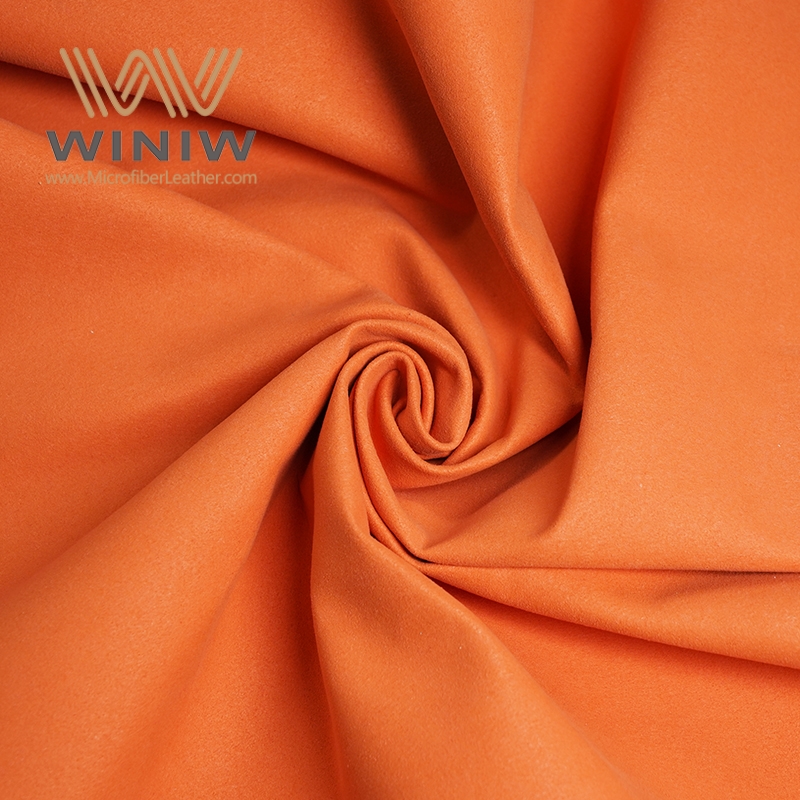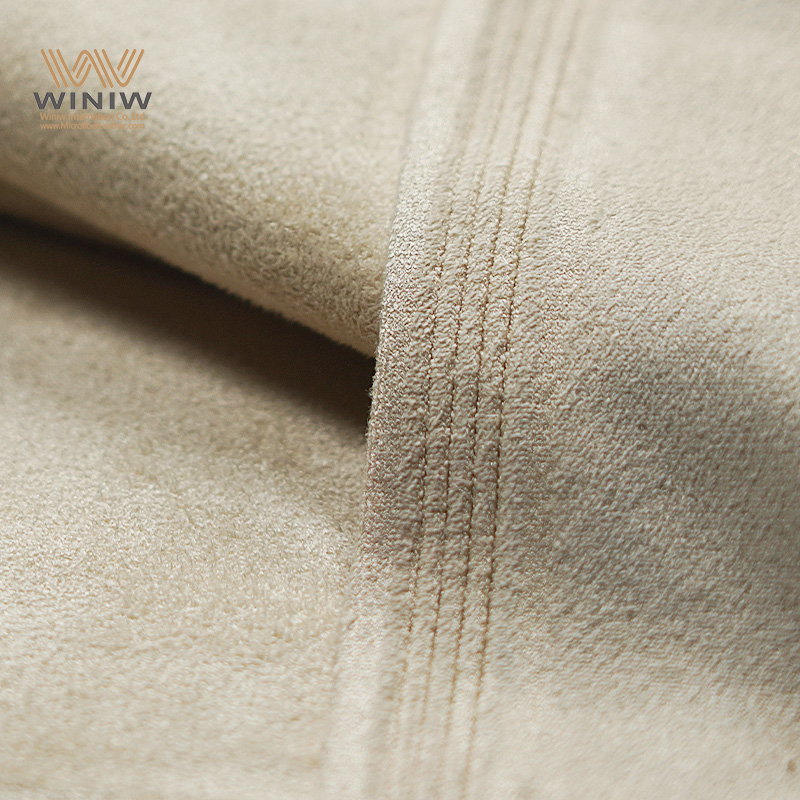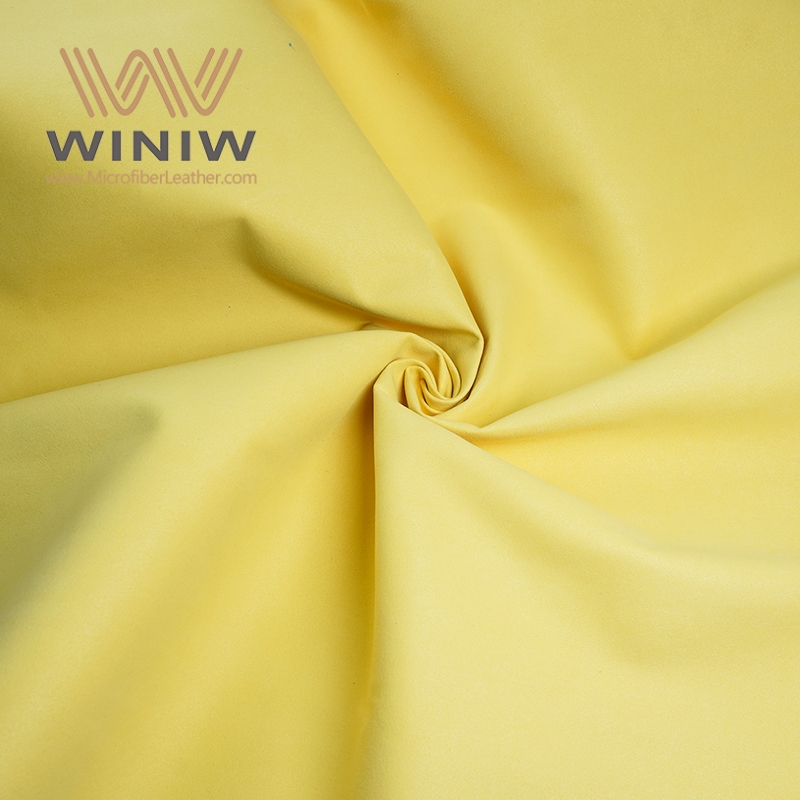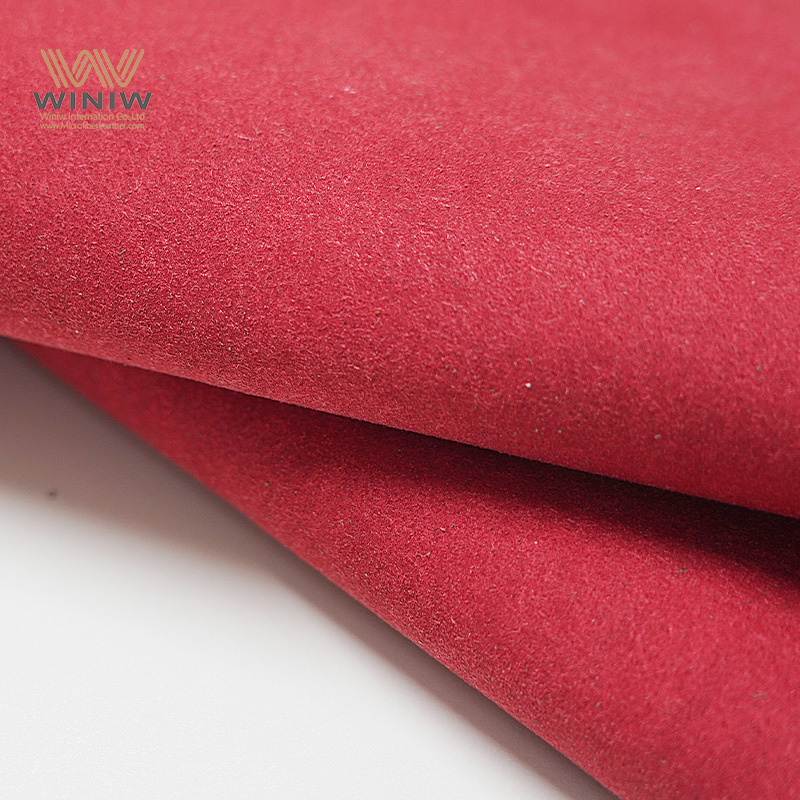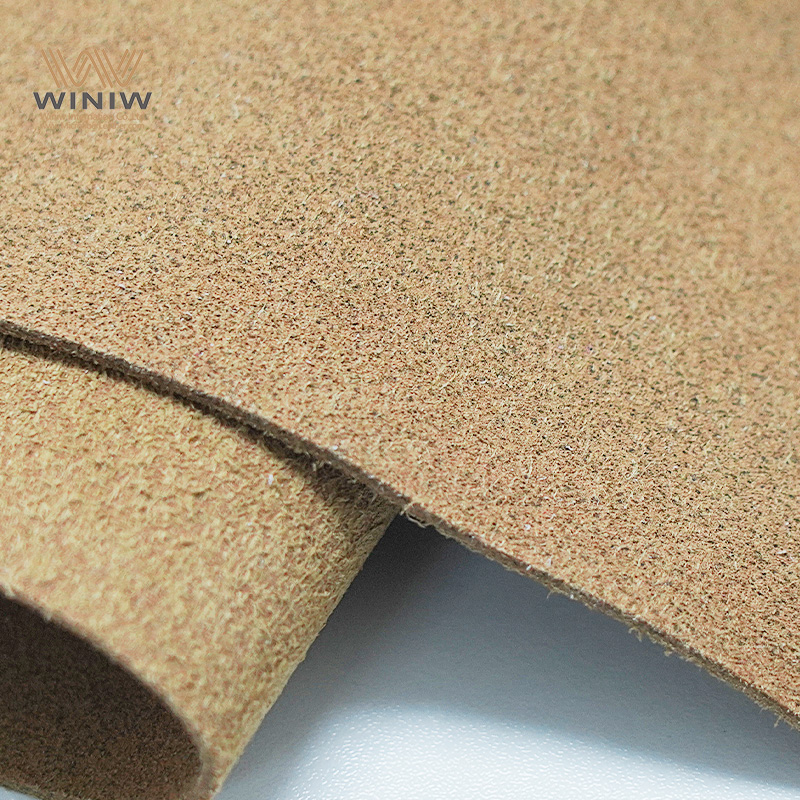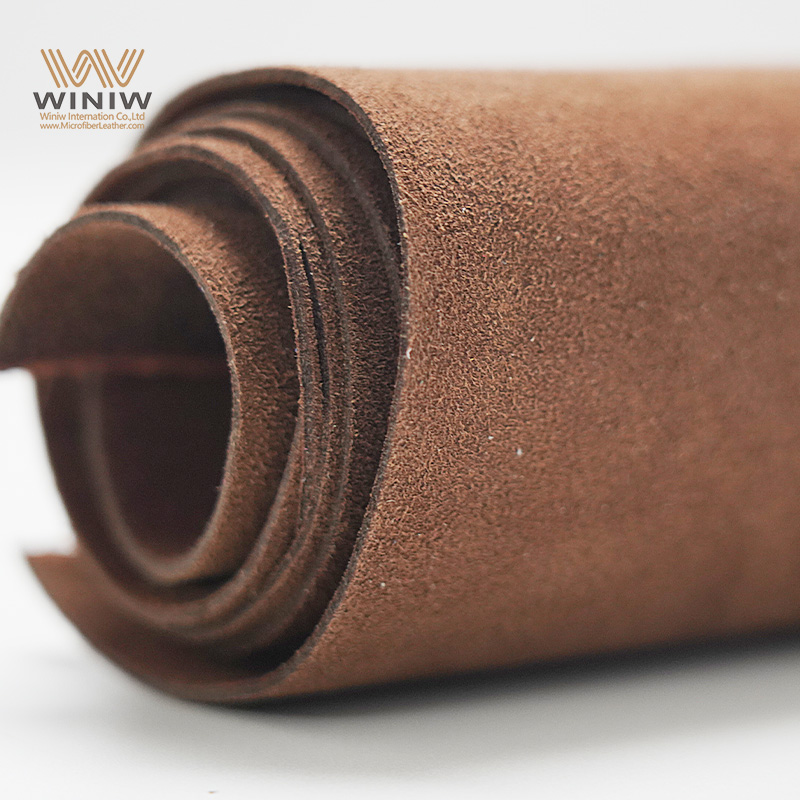I. Production Process Comparison
1. PVC (Polyvinyl Chloride) Artificial Leather Production Process
Basic process: Raw material mixing → Plasticization → Calendering or coating → Laminating with base fabric → Foaming (optional) → Embossing → Surface treatment → Cooling → Winding.
Key processes:
Calendering method: PVC material is rolled into a film using a multi-roller calender, then laminated with a base fabric.
Coating method: PVC paste is directly spread onto the base fabric and heated in an oven to form a solid film.
2. PU (Polyurethane) Artificial Leather Production Process
Basic process:
Wet process: Base fabric is dipped → Coated with PU slurry → Immersed in a coagulation bath (DMF-H₂O) → Washed → Dried → Surface-treated.
Dry process: Release paper is coated → Dried → Laminated with base fabric → Cured → Peeled off → Post-treated.
Key differences:Wet PU has good breathability, so it’s often used for high-end shoes and clothing.
Dry PU offers diverse surface effects, making it popular for bags and furniture.
3. TPU (Thermoplastic Polyurethane) Leather Production Process
Basic process:
Extrusion casting method: TPU is melted and extruded → Rolled into a film → Laminated with base fabric → Embossed → Cooled and shaped.
Blow molding method: TPU is melted and blown into a film → Combined with base material → Post-treated.
Coating method: TPU granules are dissolved, then coated → Dried and cured.
II. Performance Advantages and Disadvantages Analysis
PVC Artificial Leather
Lowest cost; raw materials are easy to obtain.
Mature production process; simple to process.
Good resistance to acids, alkalis, and weather.
Can be made into various colors and patterns.
Plasticizers easily migrate, causing hardening and brittleness.
Poor breathability; feels stiff.
Weak low-temperature performance (prone to cracking).
Poor environmental friendliness (contains chlorine; may have heavy metals).
Short service life (usually 2–3 years).
PU Artificial Leather
Feels closer to genuine leather: soft and elastic.
Better breathability and moisture permeability than PVC.
Good abrasion and flex resistance.
More biodegradable than PVC.
Diverse varieties (e.g., microfiber, suede-like).
Higher cost than PVC (about 30–50% more).
Complex production process (requires solvent recovery).
Poor hydrolysis resistance (especially polyester-based PU).
Prone to sticking at high temperatures and hardening at low temperatures.
Some products have DMF residues.
TPU Leather
Environmentally friendly and non-toxic (no plasticizers or halogens).
Excellent elasticity and abrasion resistance.
Good low-temperature performance (remains soft at −30℃).
Outstanding oil and hydrolysis resistance.
Can be hot-melt welded; 100% recyclable.
Highest raw material cost (1.5–2 times that of PU).
Narrow processing temperature range; difficult to control.
Slightly “plastic-like” feel; lower 仿真度 (simulation quality).
Higher cost for improved breathability versions.
Low market awareness.
III. Application Field Comparison
| Material | Main Application Fields | Typical Products |
|---|---|---|
| PVC | Low-end luggage, cover binding, car floor mats, simple furniture | Student backpacks, ID holders, cheap sofas |
| PU | Mid-to-high-end footwear, apparel, handbags, furniture, car interiors | Sneaker uppers, designer bags, business sofas |
| TPU | High-end outdoor gear, medical devices, electronic protectors | Hiking shoes, wetsuits, phone cases, medical braces |
IV. Environmental Performance Comparison
Production Process:
PVC: Chlorine-containing process; may produce dioxins.
PU: Requires DMF solvent recovery.
TPU: Mainly uses solvent-free processes.
Waste Disposal:
PVC: Difficult to degrade; incineration releases HCl.
PU: Partially biodegradable.
TPU: Thermoplastically recyclable; partially degradable.
Hazardous Substances:
PVC: May contain lead/cadmium stabilizers or phthalate plasticizers.
PU: May have DMF residues or amine catalysts.
TPU: Usually meets REACH and RoHS standards.
V. Development Trends
PVC: Shifting to lead-free calcium-zinc stabilizers and bio-based plasticizers.
PU: Water-based PU and solvent-free PU are key R&D focuses.
TPU: Market share grows as environmental demands rise.


